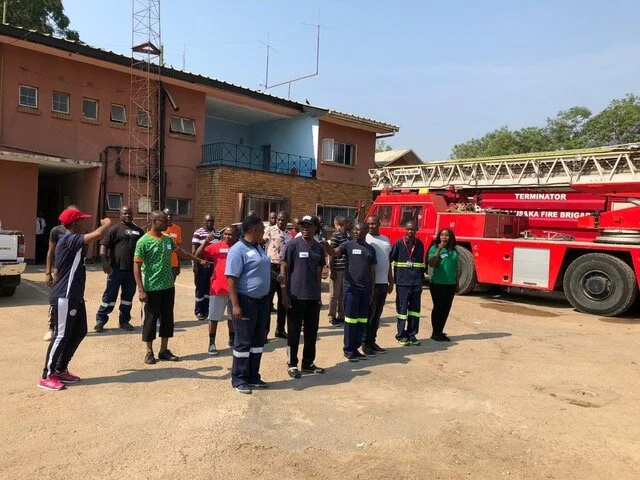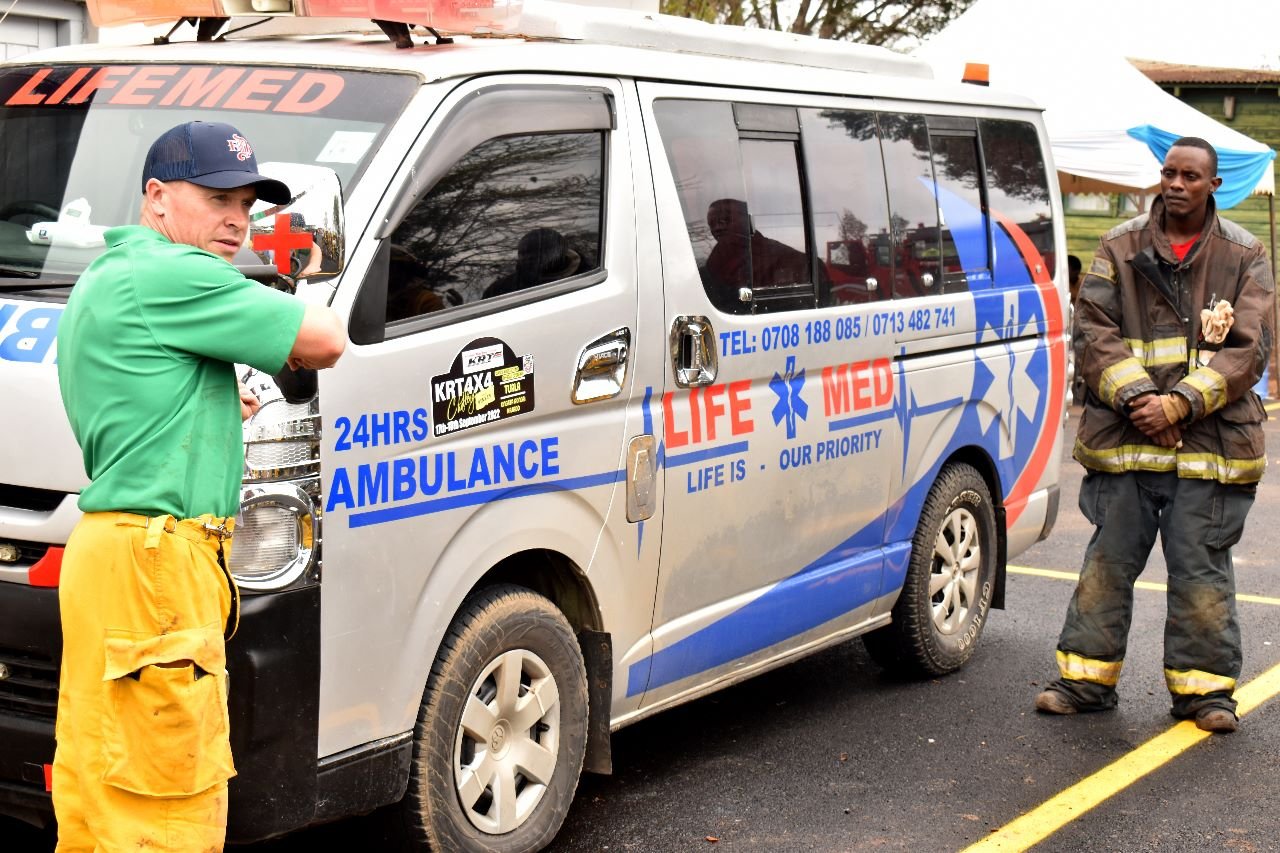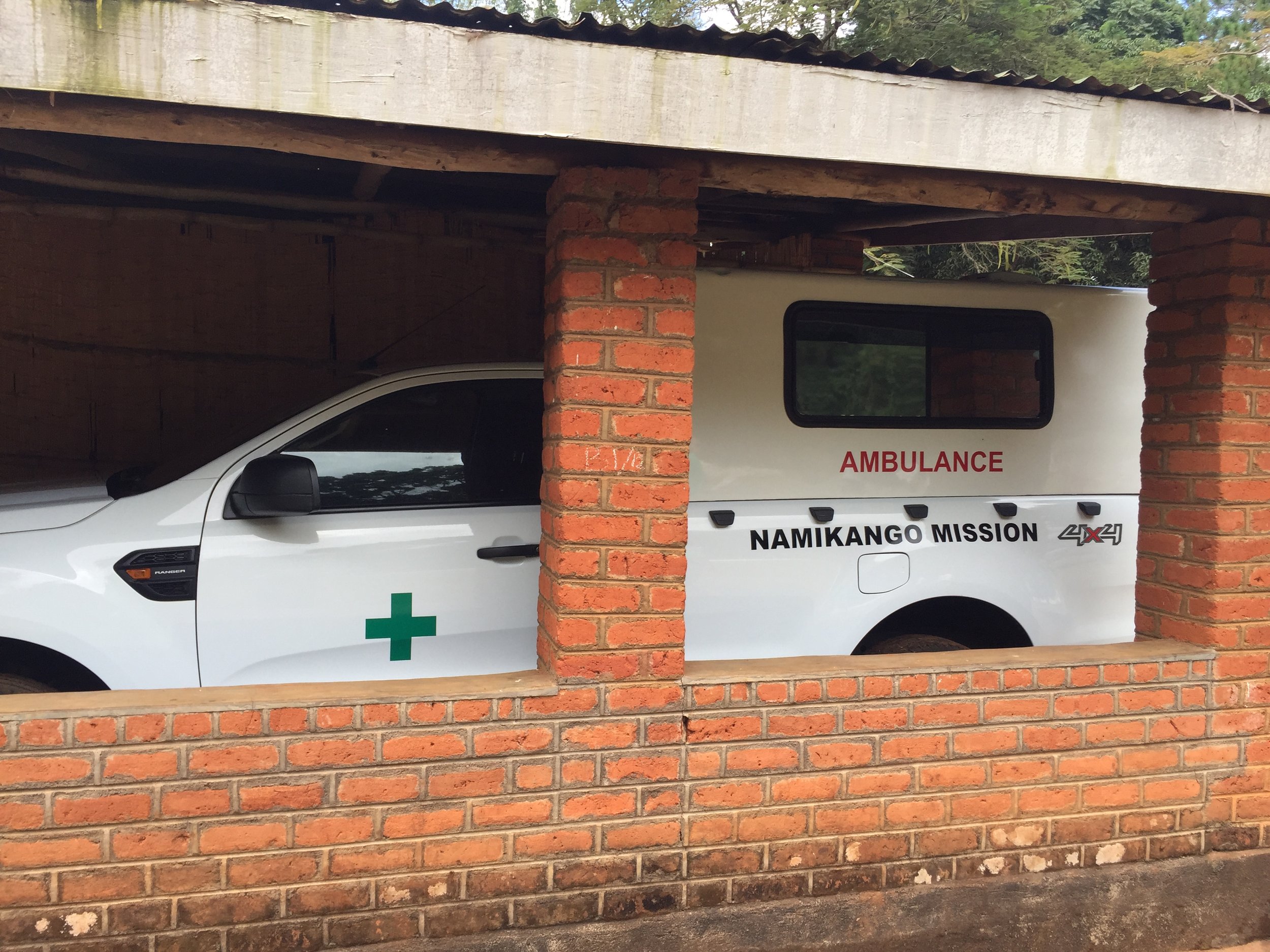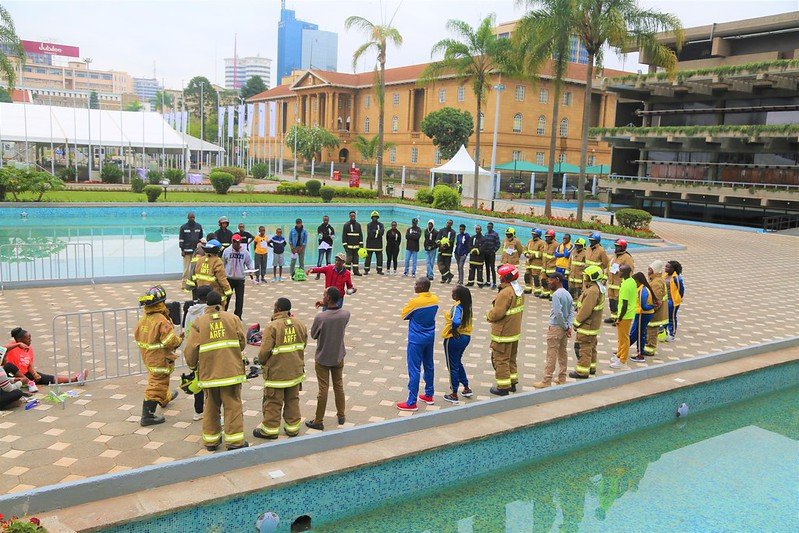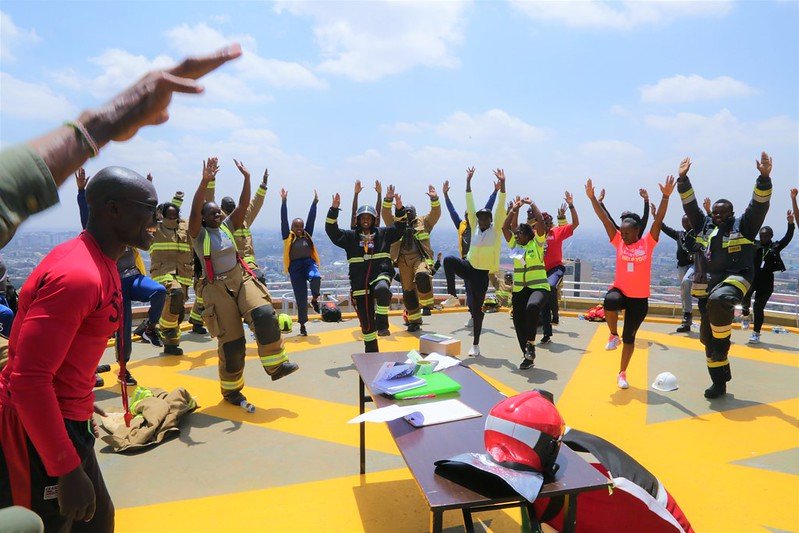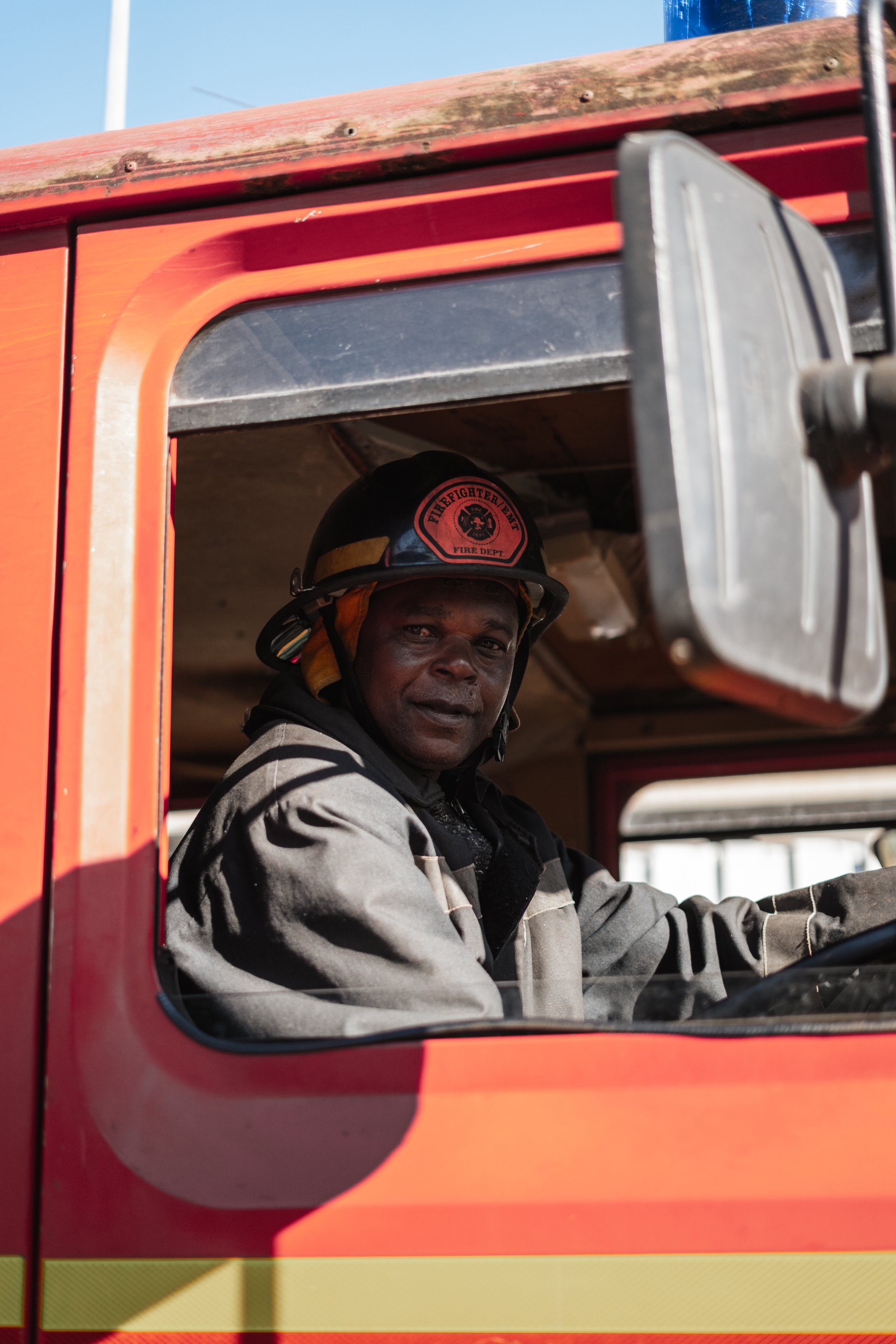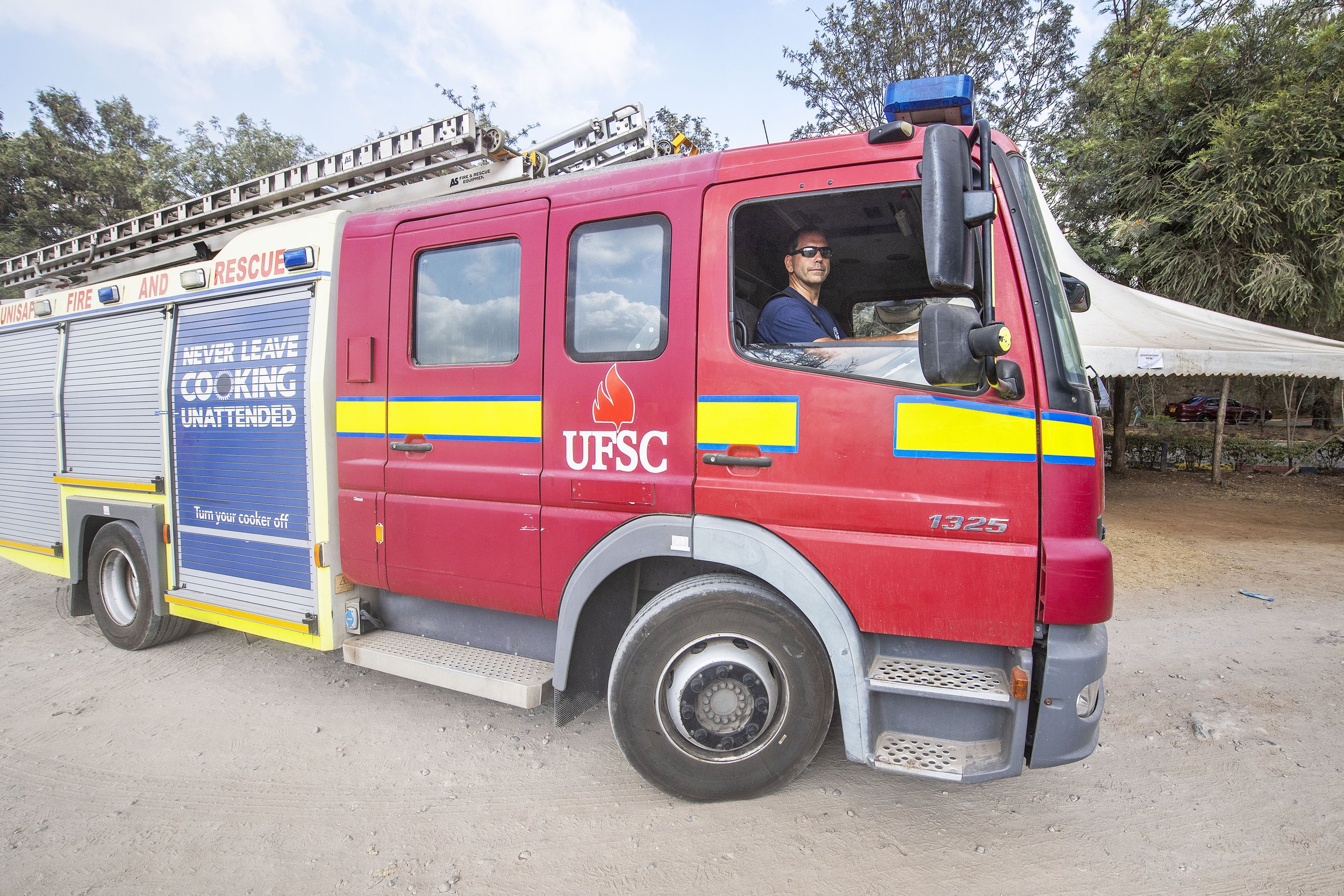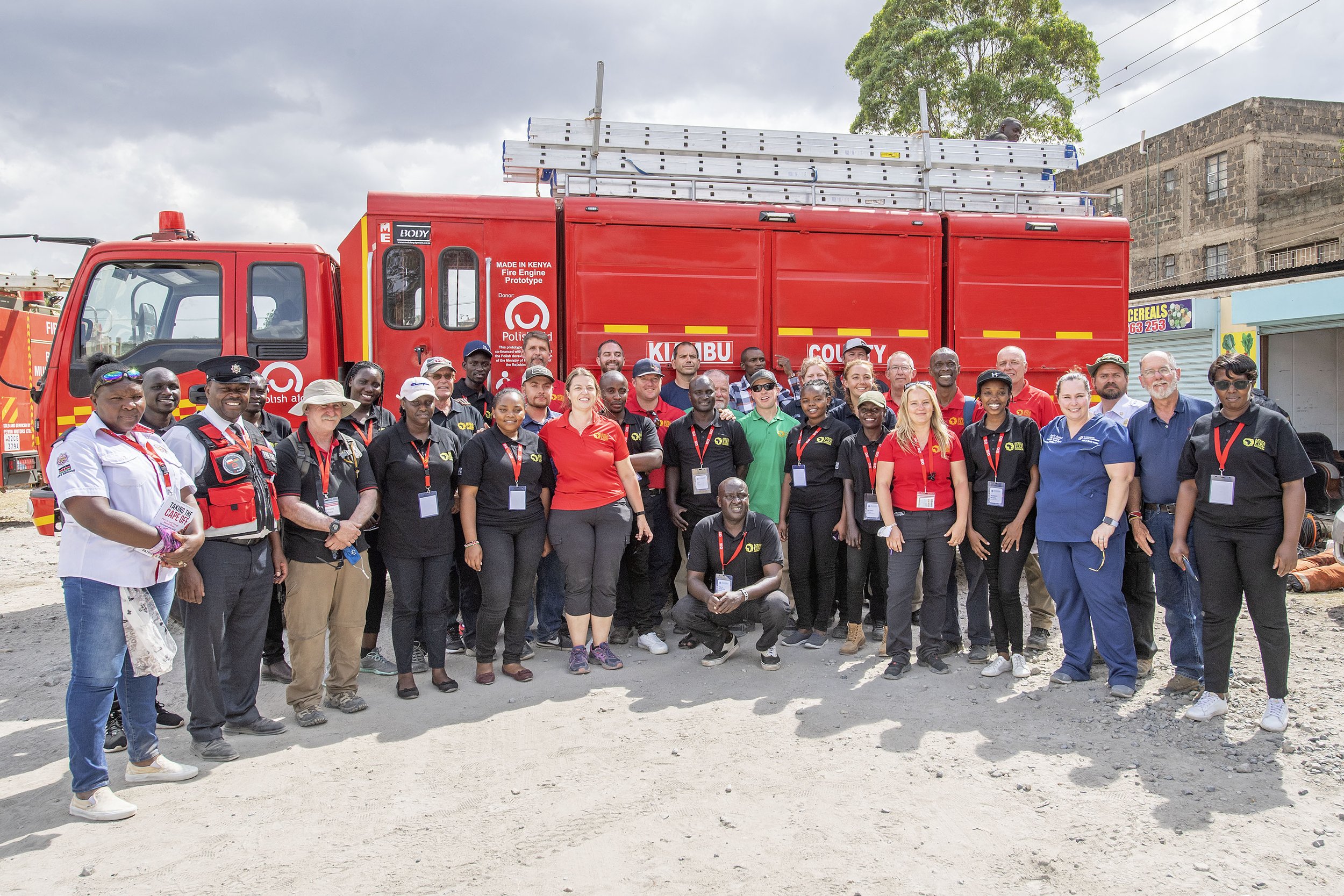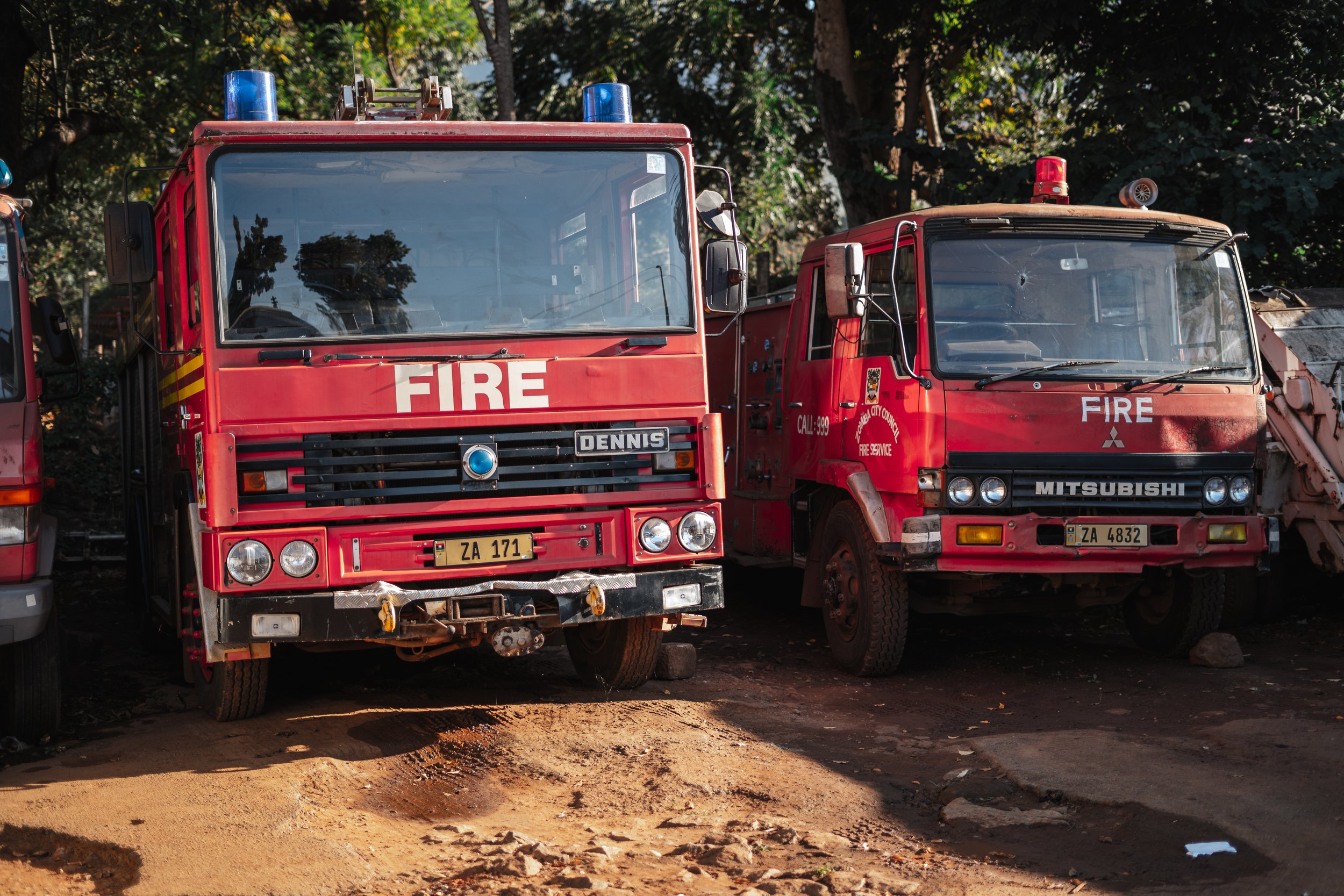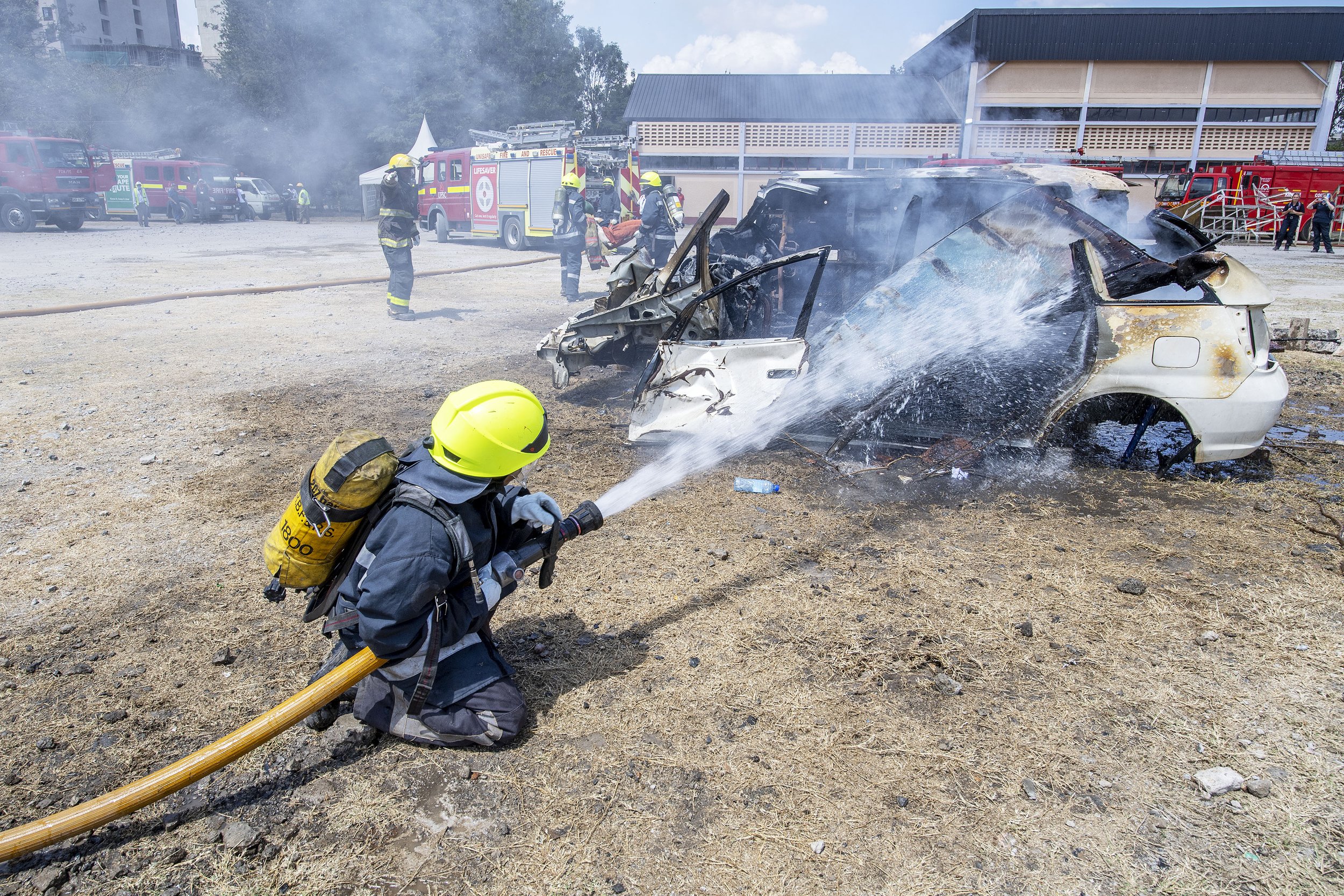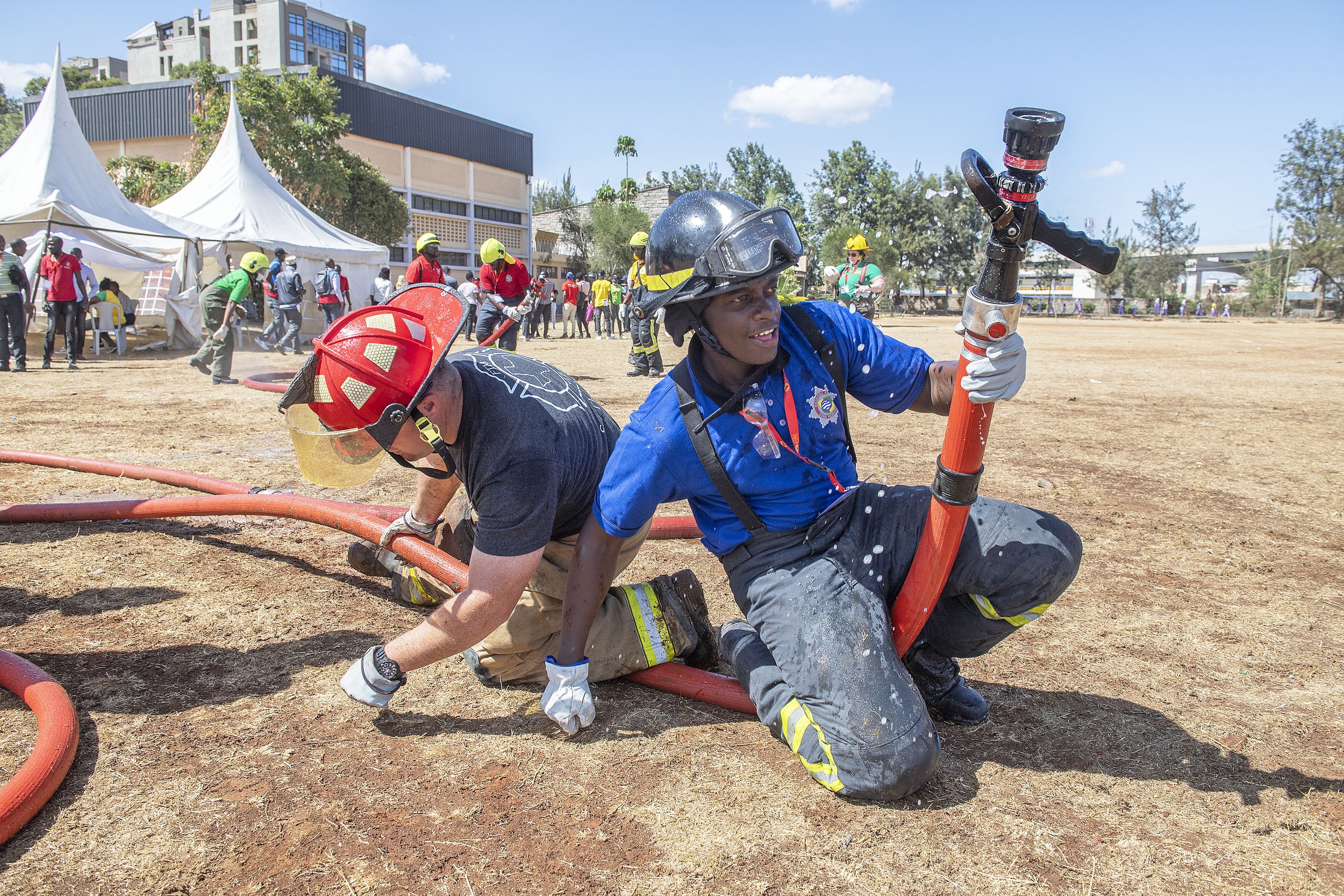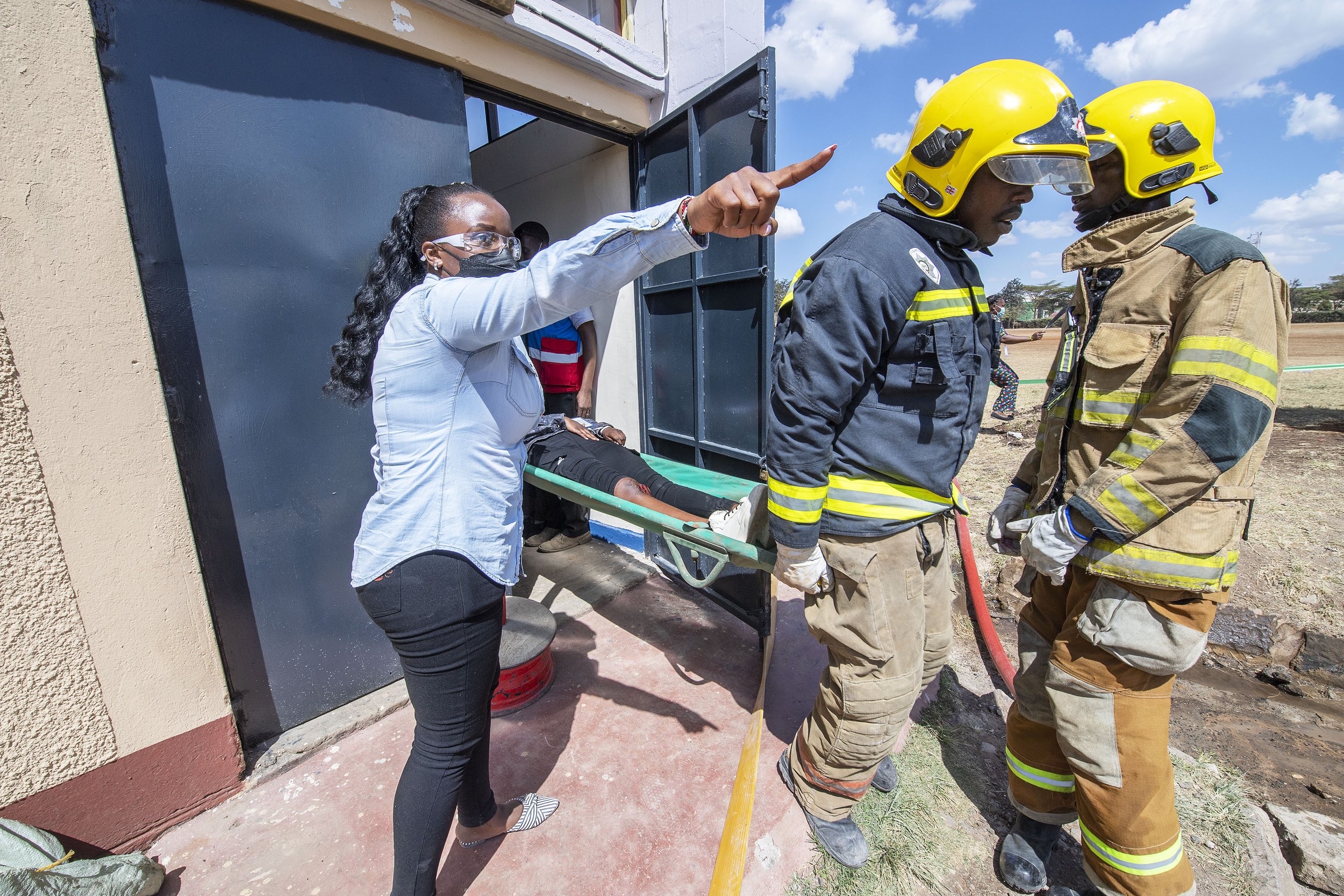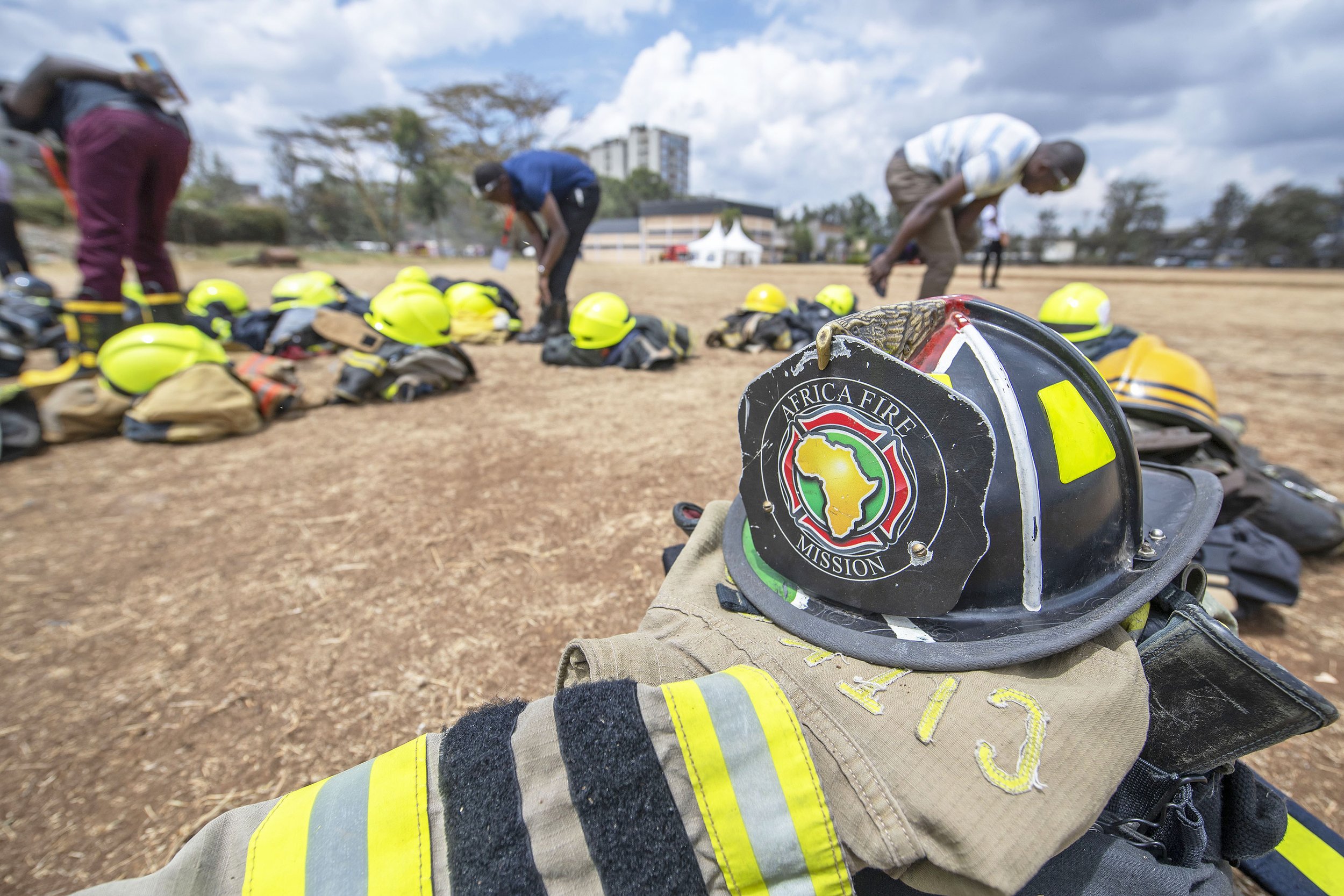The First Five Minutes
by Mark van der Feyst
Every day in North America, fire departments are responding to structure fires that involve residential buildings. The bulk of the workload for the fire department will be the residential home as statistics show that every 86 seconds a fire department is responding to a residential fire. Once a fire department arrives on scene, they need to act quickly as the number one priority on the fire scene is life safety. This involves the occupants inside the residential building as well as the responding personnel. In 2014, there were 2,860 civilian fire deaths attributed to a structure fire.
The time a fire department’s first arriving officer and crew have to affectively size up situation and decide on what action to take in order to address the life safety priority is less than 2 minutes. Within that timeframe, many factors need to be considered, evaluated, processed and then decided upon based upon priorities. The first five minutes are crucial to any fire ground operation and sets the tone for the remainder of the call – it will either set the tone for a successful outcome or it will set the tone for a not so favourable outcome.
Studies have shown that fire grows at a rate that doubles in size every minute. Modern fuel loads and heat release rates add to the fire’s intensity. Every minute that we are indecisive on scene is another minute of rapid-fire growth. By using information gathered during pre-planning and from Dispatch updates, coupled with situational awareness and a strong size-up, the Incident Commander should be able to formulate tactical decisions that have positive influence on truck placement and task assignments taking into consideration manpower issues that face many smaller departments.
The First Five Minutes starts with how to correctly size-up an incident scene, and then how to get the information clearly and concisely to incoming units and Dispatch. As we all know, size up begins when the call comes in and ends when all are back at the station. How can we prepare ourselves ahead of time so that our size up will be streamlined and efficient when arriving? We can do this by sizing up our response districts during our down time or when we are driving around in our response areas. By observing the present clues that are in front of us on a daily basis, we can build a data bank within our minds of what we know exists within our boundaries.
One such area is knowing your response district and the types of residential buildings that comprise it. Knowing the common construction types, the common layouts, the average age of the homes and so on will help with creating different rescue profiles. By having these different profiles, the firefighter and company officer can gauge ahead of time what exactly they are dealing with and when the call comes in, they will have a better understanding of where they are going to and what they are getting into.
Another factor that can be added into the equation of knowing the area is with the demographics. Knowing who in terms of average age, in terms of type of population such as seniors or retirement type of people or maybe students will help with creating a rescue profile. This can be accomplished by searching for this information from local government or from just observing the response district.
Other aspects of the size up is with knowing common locations of where fire victims are found within the residential structure. They are usually found in exit areas such as windows, doors, top of stairs, bottom of stairs, middle of stairs, and in the hallways, at the fire location or in their beds depending upon the time of day. Knowing these common locations helps with the effective rescue and where to begin the search or which tactic to use.
The fire apparatus is another area that can be addressed for the first five minutes. One focal point is with the equipment options available to the membership. This involves setting up the apparatus for quick and easy access of required hand tools for any rescue operation. This involves utilizing compartment space effectively and placing certain tools on the right side of the apparatus.
Along with this is the aspect of combat ready tools. This is where the fire department can have certain tool combinations pre-made or pre-arranged and then placed in a spot on the apparatus that will be sensible and quickly grabbed. Such examples may be the hailgan and the axe, the haligan and the roof hook, the haligan and the maul, or the hailgan and the water can. There are many different tool variations that can be pre-arranged ahead of time.
Having pre-arranged seating assignments is also a good idea to quicken the rescue operation. This is where no matter who sits in what certain seat in the back or the front of the apparatus, they have a specified job function that is standard. This cuts down the time and decision making ability on who will do what – instead allowing firefighters to react based upon their assigned function.
One last area that can be looked at is our tactical options. There are many tactical options that are available for any one fire department to use – it is just a matter of using the right one for the right situation and being efficient with it. Tactics starts with training and becoming familiar with how they are beneficial, the reasons why they are different from each other and how they can be incorporated into the department’s operational capabilities.
Tactical options include things such as VES or VEIS, PPA, tactical ventilation, transitional attack, offensive attack, defensive attack, fast attack, blitz attacks, all hands rescue and so on. Tactics are a great tool for the firefighter and enable them to be effective on the fire ground – but only work when they are trained on time and time again. The place to use a tactic for the first time is not on the fire ground, it is to be used for the first time on the training ground.
By focusing upon these areas and others such as communications, the culture of the department, rescue plans and SOG’s and SOP’s, the fire department can be effective within the first five minutes.
Mark van der Feyst has been in the fire service since 1999 working in both Canada and the USA. Currently he works for the Fort Gratiot Fire Department in Michigan after taking early retirement from his career department at the end of 2020. He is an international instructor teaching in Canada, USA, India and many large and regional conferences such as FDIC, Firehouse World & Expo. He holds an MS in Safety, Security & Emergency Management from Eastern Kentucky University and has been providing virtual training sessions for Africa Fire Mission for two years.

